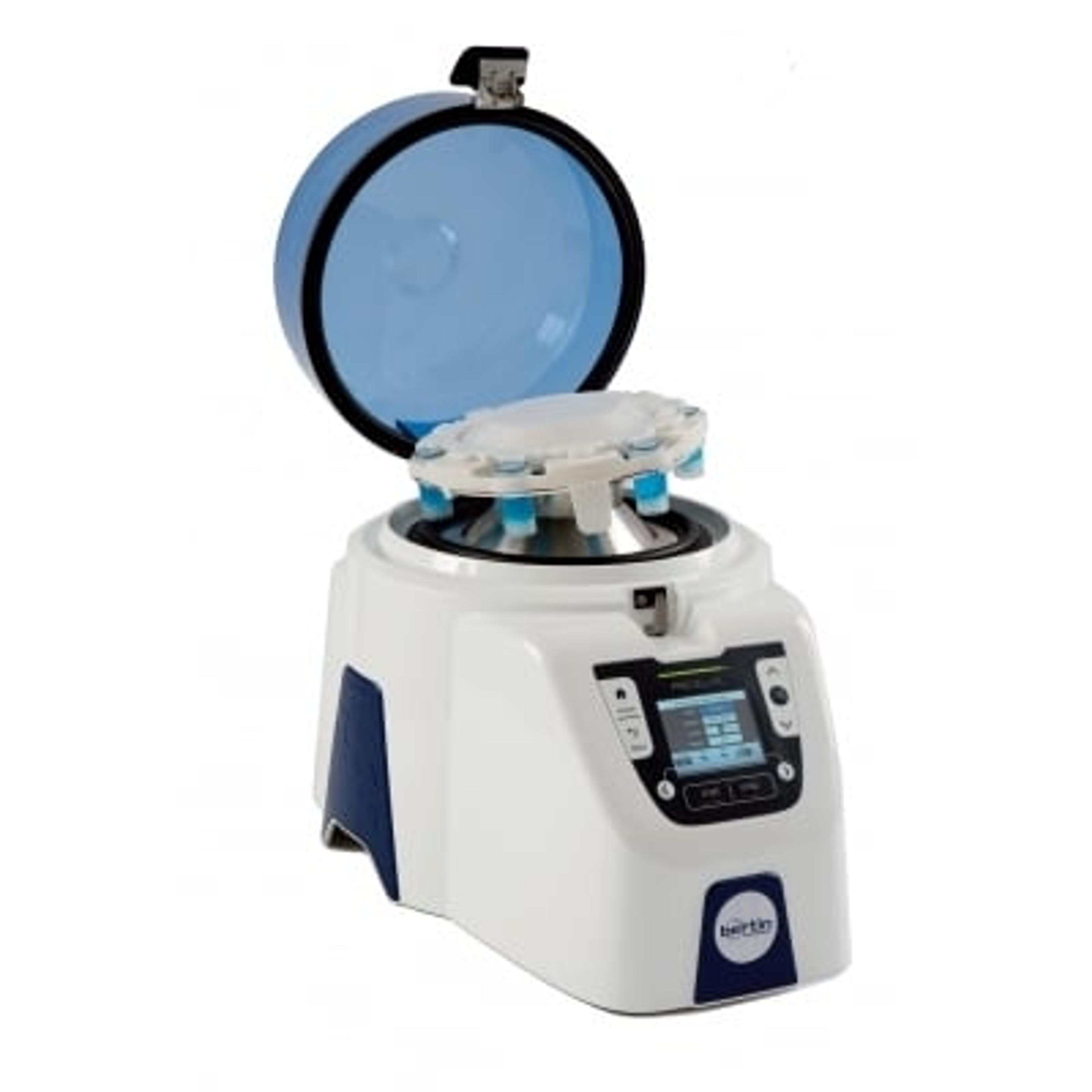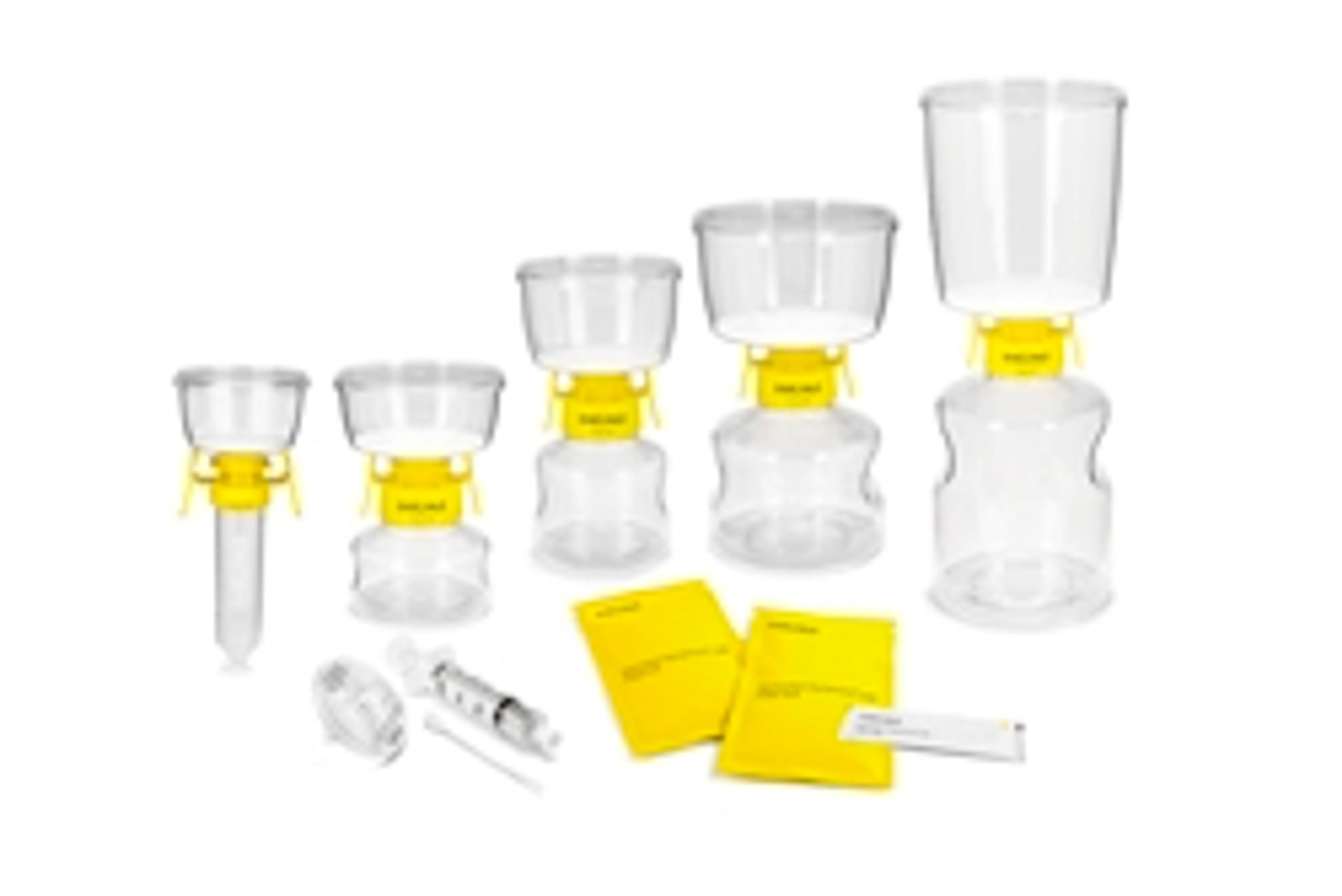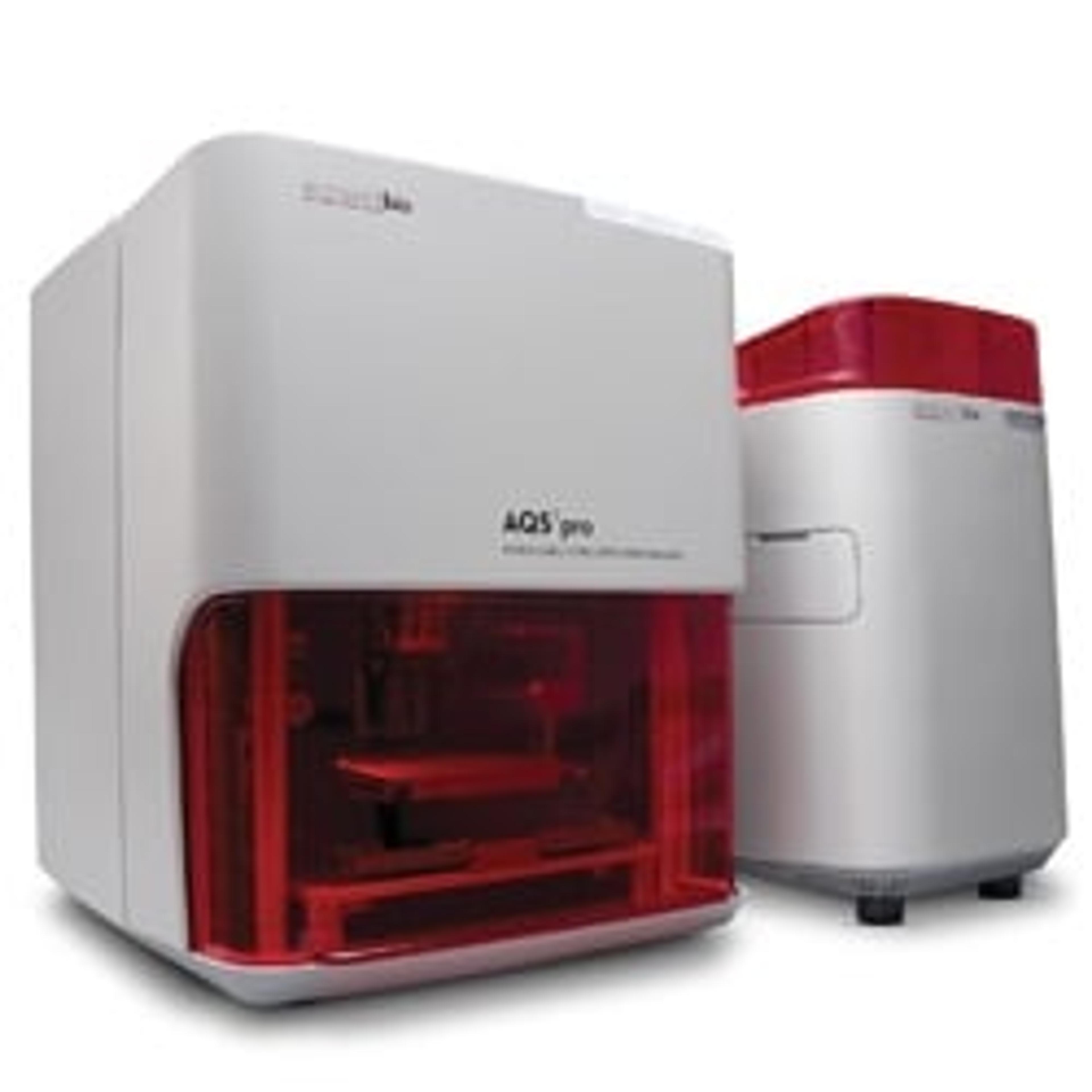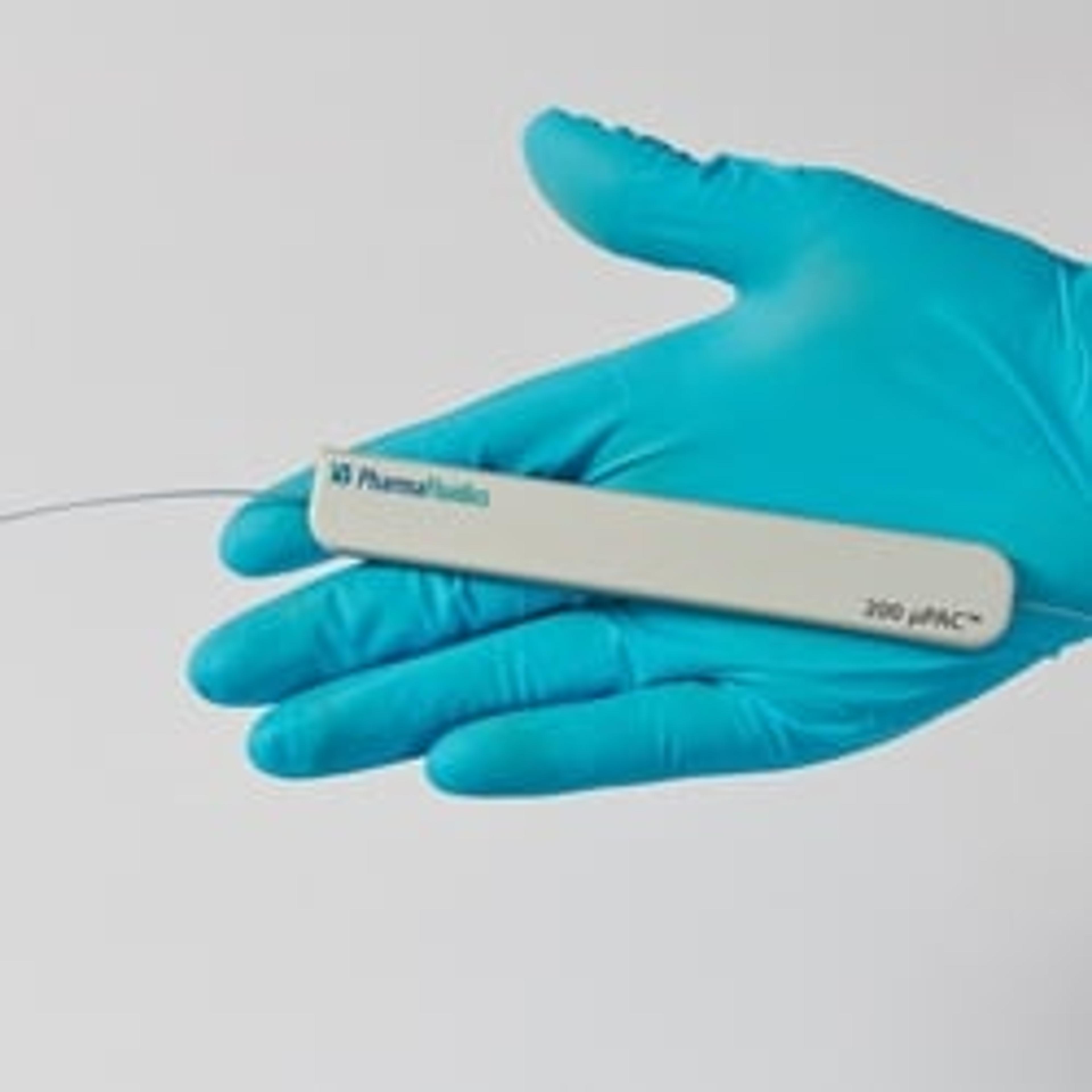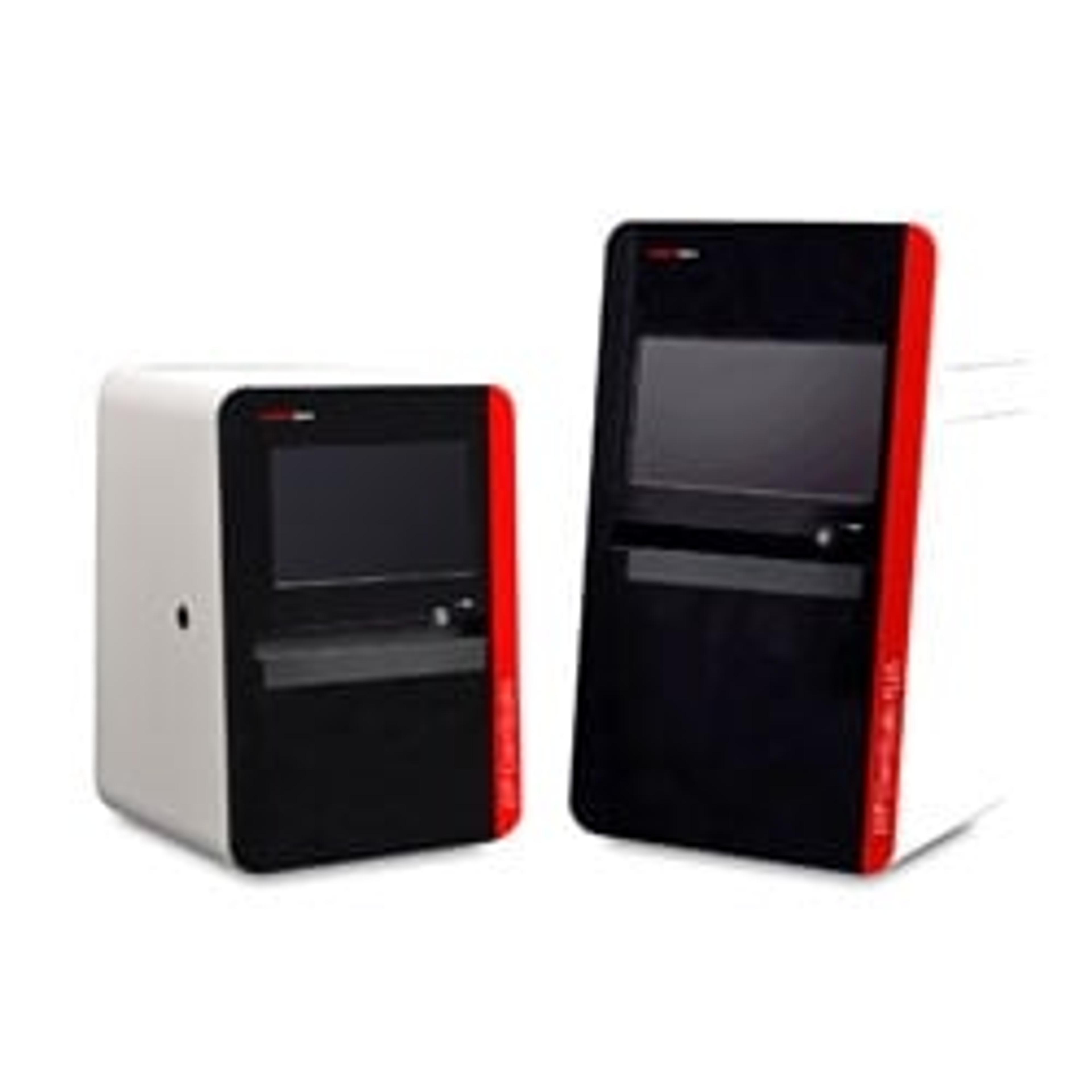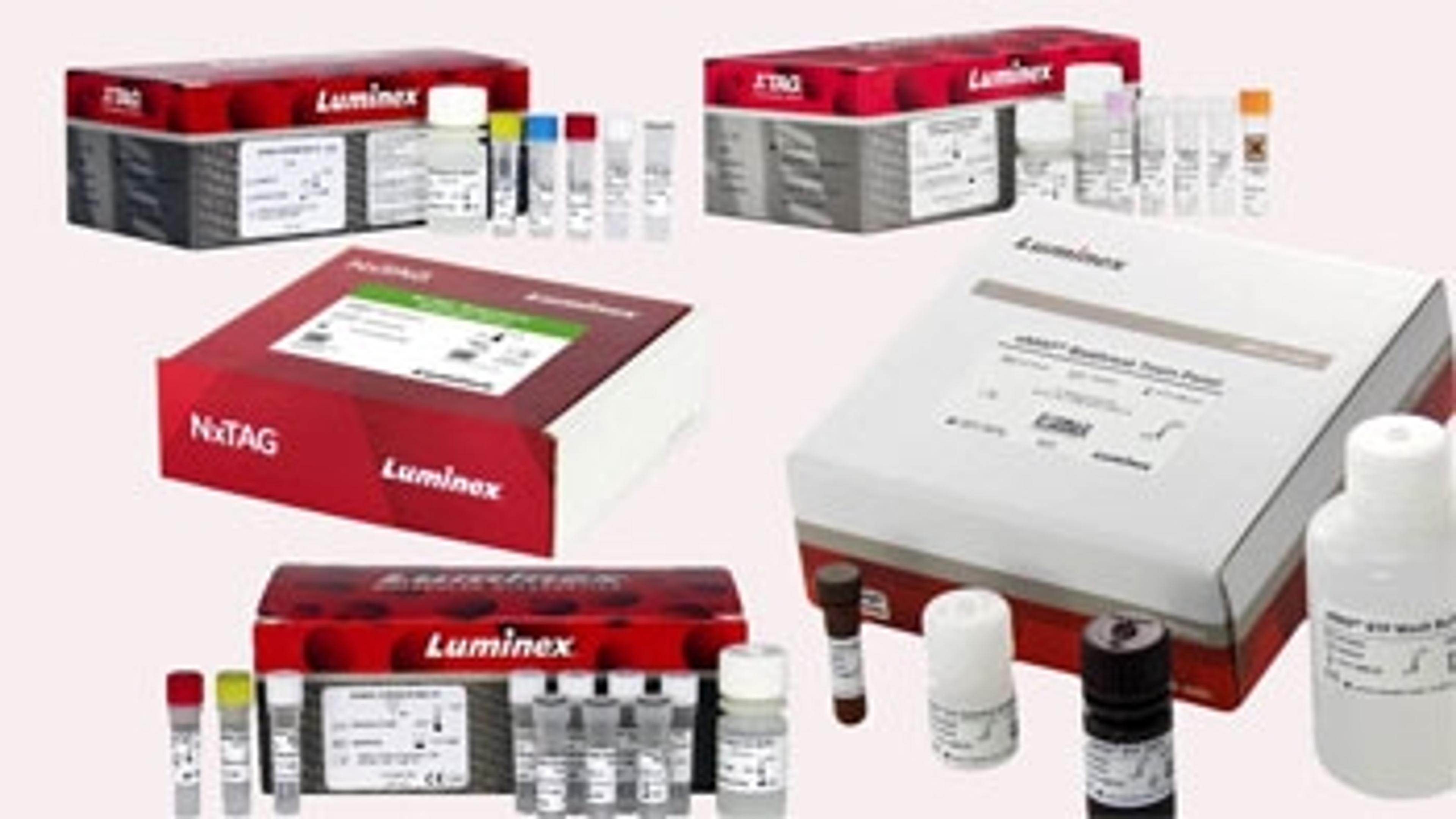Protein Biology: SelectScience Special Feature
From optimized sample prep, imaging, and analysis to mapping the entire human proteome, discover the latest technologies, top tips, and best practices for protein biology research
4 Nov 2019

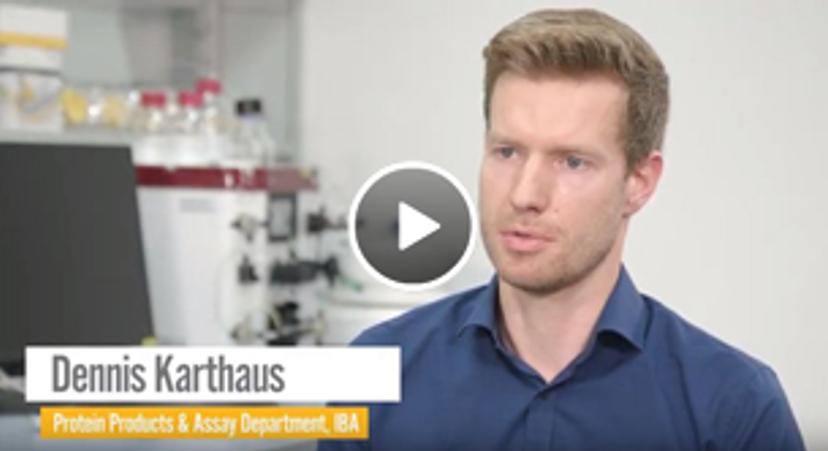
Improved cell culture harvesting workflows
Hear from Dennis Karthaus, an IBA scientist, about how the Sartoclear Dynamics® Lab from Sartorius is designed to improve workflows by combining the clarification and sterile filtration process into one, as well as preventing contamination, to save time and ensure that the final product is pure.
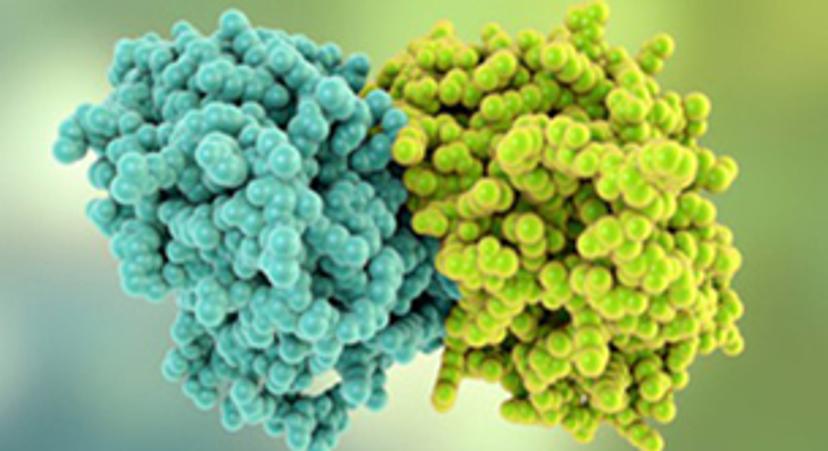
How to determine protein stoichiometry
In this application note, BMG LABTECH has successfully adapted the Job plot to a microplate reader-based system, such as the CLARIOstar® Plus, to characterize and assess protein-protein interaction stoichiometry. This method enables the use of small sample volume and improved throughput, as up to four protein pairs can be studied in one 384-well plate.

Mapping the whole human proteome
In this seminar, Associate Professor Jochen Schwenk discusses how bead-based affinity proteomics, using xMAP® technology from Luminex, is enabling researchers at the KTH Royal Institute of Technology, Stockholm, to map the entire human proteome.

Protein extraction best practices
For thermo-sensitive molecules such as proteins, sample preparation is a critical step before proceeding to molecular downstream analysis. Download this guide to learn how to achieve improved protein extraction yields for a variety of sample types using the Precellys® Evolution from Bertin Instruments.

Monitoring biopharmaceutical impurities
Endogenous host cell proteins (HCPs) can contaminate biopharmaceutical products despite multiple purification steps in a process. Discover how micro Pillar Array Columns (µPAC™) from PharmaFluidics can be used in combination with mass spectrometry for the characterization of host cell proteins and their monitoring during downstream processing.
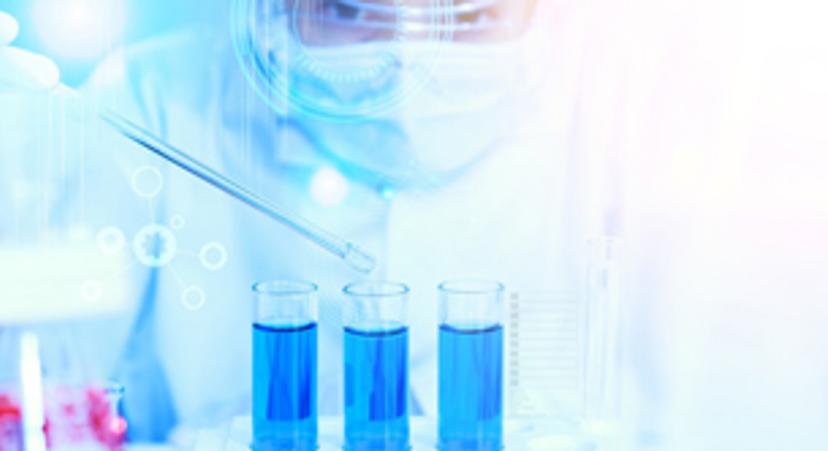
Reliable buffer preparation
The manufacturing of biologics is a complex and costly process that requires optimization of process parameters to achieve and maintain product quality and purity. Find out how to use osmolality as a reliable concentration measurement method for key buffers in this application note from Advanced Instruments.
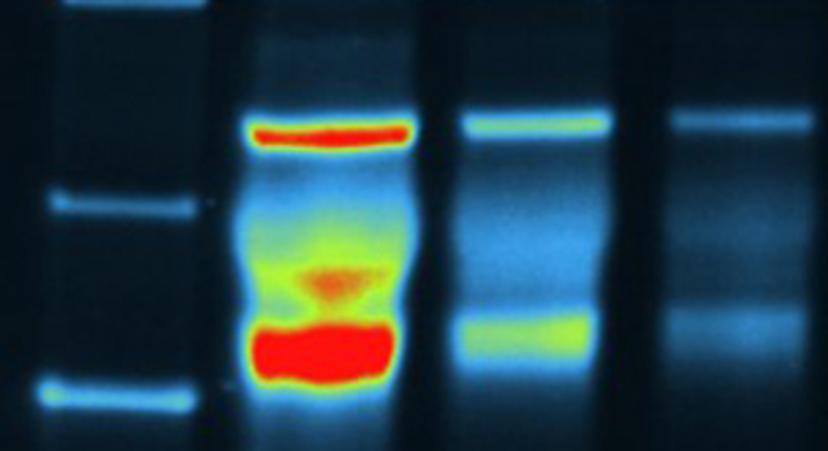
Optimized protein staining
Save time on your protein staining and imaging protocols, and more easily visualize your proteins, using the UVP ChemStudio from Analytik Jena. Download this application note for a stain-free method for imaging proteins.
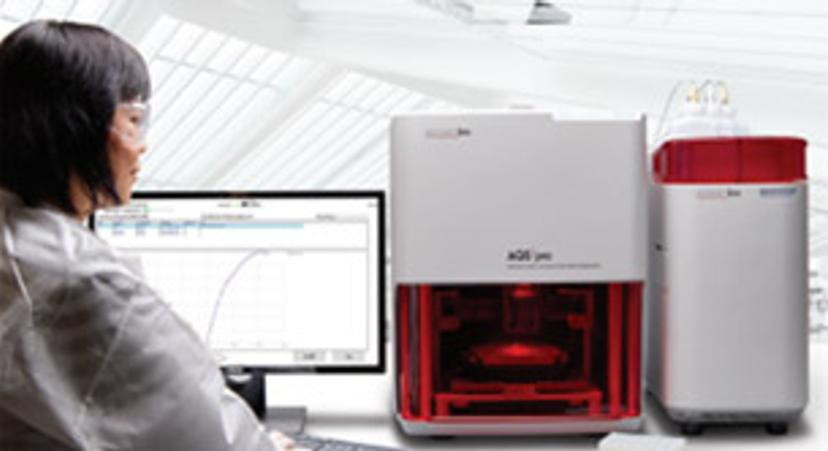
Enhanced structural characterization
Microfluidic modulation spectroscopy (MMS) promises increased sensitivity, dynamic range, accuracy, and utility for the determination of protein secondary structure. Discover this powerful new MMS platform from RedShiftBio.
Read the latest reviews:
Don't just take our word of it, take a look at this expert review of the Precellys® Evolution from Bertin Instruments:

Related resources:
Discover the latest protein biology news, interviews, and free downloads from SelectScience:
- Download our application eBook on structure-based drug discovery via cryo-electron microscopy>>
- Hear from Dr. Richard Kay about the analysis of low-abundance gut hormone peptides related to diabetes>>
- Discover how scientists are using biomarkers to tailor patient care in this exclusive interview with Dr. Sally Price>>
Hear more from the protein biology experts on the Scientists' Channel:
- Prof. Jane Dyson - The study of intrinsically disordered proteins and cell functionality through NMR
- Prof. Peter Wright - The use of NMR to understand protein dynamics in disease
- Prof. Tatyana Polenova - Studying the structural biology and biophysics of HIV
- Prof. Daniella Goldfarb - Optimized spin labels for accurate in vivo distance measurements

